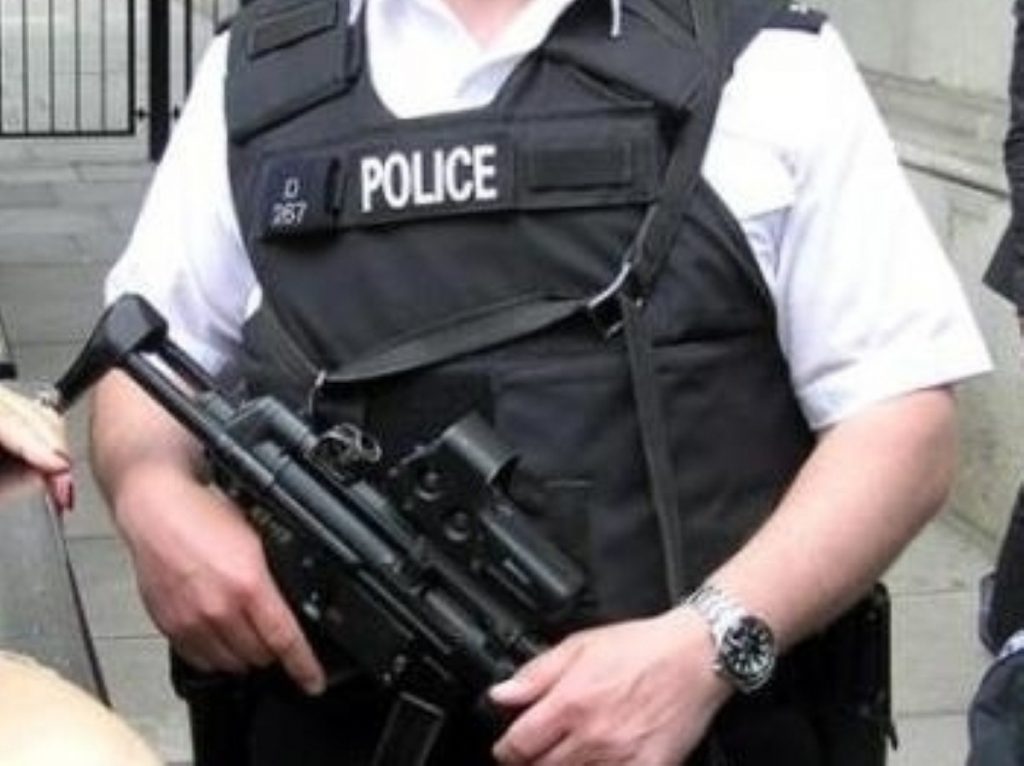Uncertainty shrouds security threat ‘league table’
The launch of the government’s national security strategy has been overshadowed by confusion over whether international terrorism remains the number one threat to the UK.
Senior officials refused to confirm terrorism’s primacy over other major threats, despite David Cameron and Nick Clegg clearly stating this was the case in a foreword to the document.
Terrorism is one of four threats named in the top tier of the strategy, alongside
cybersecurity, natural disasters and major military crises.


“We know that terrorist groups like al-Qaida are determined to exploit our openness to attack us, and plot to kill as many of our citizens as possible or to inflict a crushing blow on our economy,” Mr Clegg and Mr Cameron wrote.
“It is the most pressing threat we face today.”
Despite this clear statement senior civil servants shied away from elevating terrorism above the other ‘tier one’ threats.
“All the risks are worth taking seriously,” an official told journalists this afternoon.
“I’m going to resist ranking them within tier one, one to four. Clearly international terrorism is getting a lot of attention at the moment, but it’s not the only thing.”
Earlier home secretary Theresa May had appeared to follow the politicians’ lead.
She told ITV1’s Daybreak programme: “What we see today is more diverse sources of threat, but we are absolutely clear that we do have that very serious threat from international terrorism.”
Paul Cornish of global affairs thinktank Chatham House said the government’s attempt to give a straightforward list of priorities in the national security strategy could never work effectively.
“The country faces a range of challenges in the security area,” Dr Cornish said. “There are three or four dimensions to this.”
These included differences on the potential impact, likelihood and imminence of each kind of threat, together with Britain’s differing vulnerabilities to them.
Today’s national security strategy assessed the relative risks of the threats facing Britain through calculations involving their relative impact and likelihood.
Eleven other types of threat are featured in tiers two and three. A ‘dirty’ bomb, instability overseas making it easier for terrorists to threaten the UK, organised crime and communications disruption are the four tier two threats.
A large-scale conventional military threat of Britain appears at the top of the list for the third tier. Energy disruption, a nuclear disaster like Chernobyl or an attack on a UK overseas territory like the Falklands are also listed.

